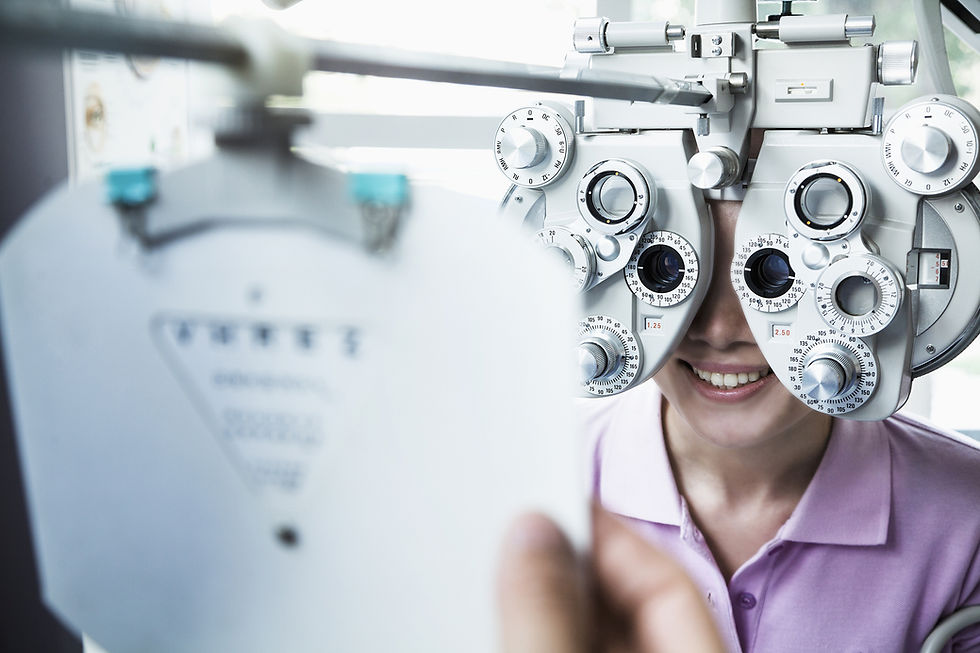An eye exam includes a series of tests to evaluate your vision and check for eye diseases. Your eye doctor is likely to use different devices, shine bright lights at your eyes, and request that you look through an array of lenses. Each test during an eye exam evaluates a different aspect of your vision or eye health.

An eye exam helps identify eye problems at their earliest stage. Regular eye exams give your eye care specialist a chance to help you correct or adapt to vision changes.
Many circumstances can decide how frequently you need an eye exam, including your age, health, and risk of catching eye problems. Usual guidelines are:
Children 3 years and younger
Your child's pediatrician will likely check your child's eyes for healthy eye growth and look for the most common childhood eye problems like lazy eye or cross-eyes. A more complete eye exam between the ages of 3 and 5 will look for problems with vision and eye alignment.
School-age children and teenagers
Has your child's vision checked before he or she enters kindergarten? Your child's doctor can recommend how many eye exams should be after that.
Adults
Usually, if you are healthy and you have no signs of vision problems, the American Academy of Ophthalmology recommends having a complete eye exam at age 40, when some vision changes and eye conditions are likely to start. Based on the results of your screening, your eye doctor can advise how often you should have future eye exams.
If you're 60 or older, have your eyes checked every year or two.
By ;
Adicator Digital Marketing Agency

Comentarios